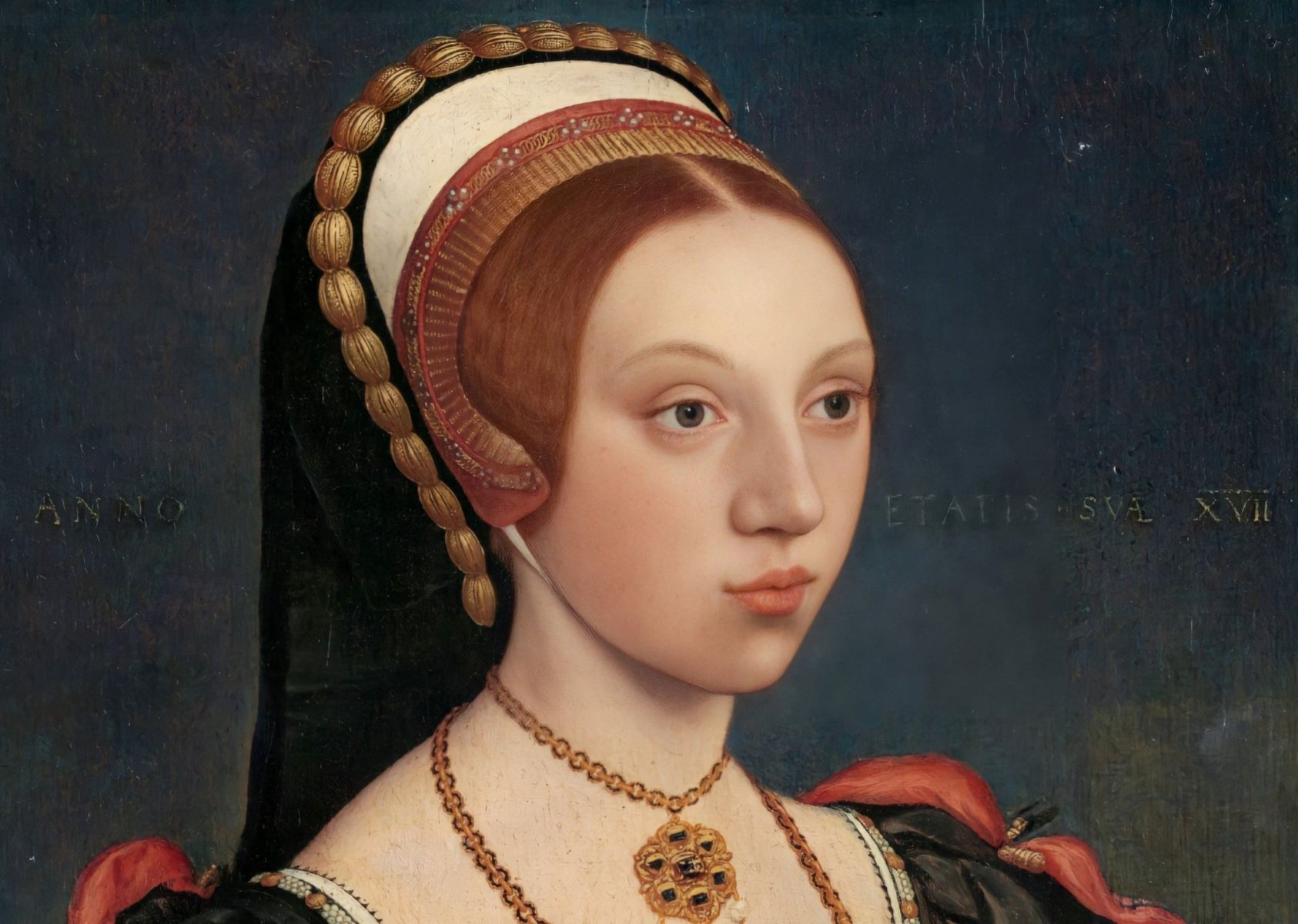
Who was Catherine Howard? Catherine Howard, the fifth wife of King Henry VIII, remains one of history's most intriguing figures. Born into the powerful Howard family, she became queen at a young age. Her life was a whirlwind of courtly intrigue, romance, and ultimately, tragedy. Why is Catherine Howard significant? Her brief reign as queen ended dramatically when she was executed for adultery, making her one of the two wives of Henry VIII to face such a fate. What can we learn from her story? Catherine's life offers a glimpse into the dangers and complexities of Tudor court life, where power and favor could shift in an instant. Ready to dive into 36 fascinating facts about Catherine Howard? Let's uncover the details that shaped her short, yet impactful life.
Key Takeaways:
- Catherine Howard, the fifth wife of King Henry VIII, had a swift rise to power but faced a tragic downfall due to scandalous relationships, leading to her execution at a young age of around 19.
- Catherine's life serves as a cautionary tale about the dangers of court intrigue and the unpredictable nature of powerful monarchs, leaving a lasting impact on Tudor history and popular culture.
Early Life of Catherine Howard
Catherine Howard, the fifth wife of King Henry VIII, had a short yet eventful life. Her story is filled with intrigue, romance, and tragedy. Let's dive into some fascinating facts about her early years.
- Catherine Howard was born around 1523, though the exact date remains uncertain.
- She was the daughter of Lord Edmund Howard and Joyce Culpeper.
- Catherine was a first cousin to Anne Boleyn, Henry VIII's second wife.
- Her father, Lord Edmund Howard, was a younger son of the Duke of Norfolk, making Catherine part of the powerful Howard family.
- After her mother's death, Catherine was sent to live with her step-grandmother, the Dowager Duchess of Norfolk.
- Catherine received little formal education, unlike her cousin Anne Boleyn.
- She grew up in the household of the Dowager Duchess, which was known for its lax discipline.
- Catherine's charm and beauty were noted from a young age, making her a favorite in the Duchess's household.
Catherine Howard's Rise to Power
Catherine's journey to becoming queen was swift and dramatic. Her rise to power was marked by her relationship with King Henry VIII.
- Catherine caught the eye of King Henry VIII in 1540, shortly after his marriage to Anne of Cleves was annulled.
- She was introduced to the court by her uncle, the Duke of Norfolk, who sought to increase his family's influence.
- Henry VIII was captivated by Catherine's youthful beauty and vivacious personality.
- Catherine and Henry married on July 28, 1540, just 19 days after his annulment from Anne of Cleves.
- At the time of their marriage, Catherine was likely around 17 years old, while Henry was 49.
- Catherine was crowned queen consort on August 8, 1540.
- Her motto as queen was "No Other Will but His," reflecting her devotion to Henry.
- Catherine's marriage to Henry was initially happy, with the king lavishing her with gifts and attention.
Scandals and Downfall
Catherine's time as queen was marred by scandal and ultimately led to her tragic downfall. Her past and present actions caught up with her in a dramatic fashion.
- Catherine's past indiscretions came to light when she was queen, including her relationships with Francis Dereham and Henry Manox.
- Francis Dereham was a former lover of Catherine's, and their relationship was considered serious.
- Henry Manox was Catherine's music teacher, with whom she had an inappropriate relationship.
- Catherine's indiscretions were brought to the attention of Thomas Cranmer, the Archbishop of Canterbury.
- Cranmer informed Henry VIII of Catherine's past on All Saints' Day in 1541.
- An investigation was launched, revealing Catherine's previous and ongoing relationships.
- Catherine was accused of adultery with Thomas Culpeper, a gentleman of the king's privy chamber.
- Love letters between Catherine and Culpeper were discovered, sealing her fate.
- Catherine was arrested on November 12, 1541, and confined to Syon Abbey.
- Her former lovers, Dereham and Culpeper, were executed on December 10, 1541.
Execution and Legacy
Catherine Howard's life ended tragically, but her story remains a poignant chapter in Tudor history. Her execution and the aftermath left a lasting impact.
- Catherine was stripped of her title as queen on November 23, 1541.
- She was moved to the Tower of London on February 10, 1542.
- Catherine was executed on February 13, 1542, at the age of around 19.
- Before her execution, Catherine requested the block be brought to her so she could practice laying her head upon it.
- Catherine's last words were reportedly, "I die a queen, but I would rather die the wife of Culpeper."
- She was buried in an unmarked grave in the Chapel of St. Peter ad Vincula within the Tower of London.
- Catherine's execution marked the second time Henry VIII had a wife executed, the first being her cousin Anne Boleyn.
- Her tragic story has been the subject of numerous books, films, and television series.
- Catherine's life serves as a cautionary tale about the dangers of court intrigue and the whims of a powerful monarch.
- Despite her short life, Catherine Howard remains a fascinating figure in Tudor history, remembered for her beauty, charm, and tragic end.
Catherine Howard's Legacy
Catherine Howard's life, though brief, left a lasting mark on history. Her story is a mix of youthful indiscretions, royal intrigue, and tragic downfall. As Henry VIII's fifth wife, she faced immense pressure and scrutiny. Her marriage to the king was marred by accusations of infidelity, leading to her execution at just 19. Despite her short reign, Catherine's tale serves as a cautionary reminder of the perils faced by women in the Tudor court.
Her legacy continues to captivate historians and enthusiasts alike. From her early days in the Dowager Duchess's household to her untimely death, Catherine's journey reflects the volatile nature of Tudor politics. Her story, filled with drama and heartbreak, remains a poignant chapter in England's royal history. Understanding Catherine Howard's life offers valuable insights into the complexities of the Tudor era and the challenges faced by those who lived within it.
Frequently Asked Questions
Was this page helpful?
Our commitment to delivering trustworthy and engaging content is at the heart of what we do. Each fact on our site is contributed by real users like you, bringing a wealth of diverse insights and information. To ensure the highest standards of accuracy and reliability, our dedicated editors meticulously review each submission. This process guarantees that the facts we share are not only fascinating but also credible. Trust in our commitment to quality and authenticity as you explore and learn with us.


